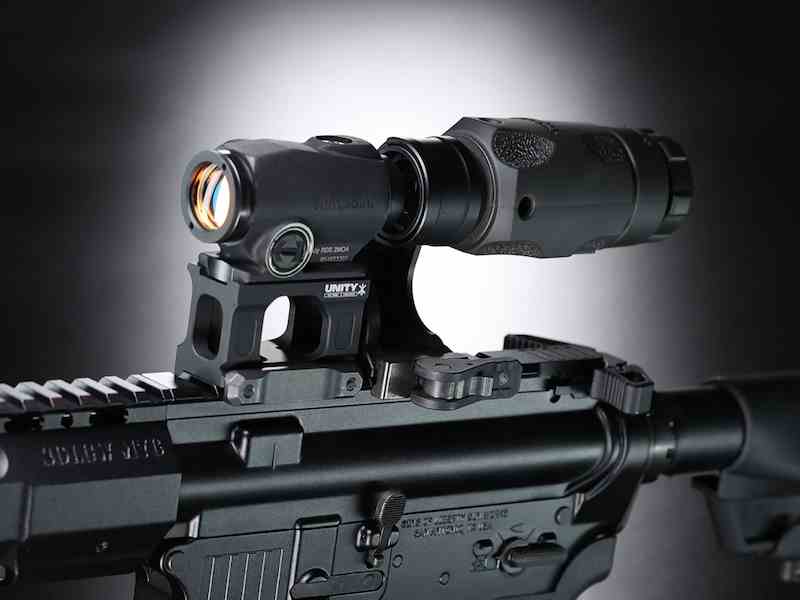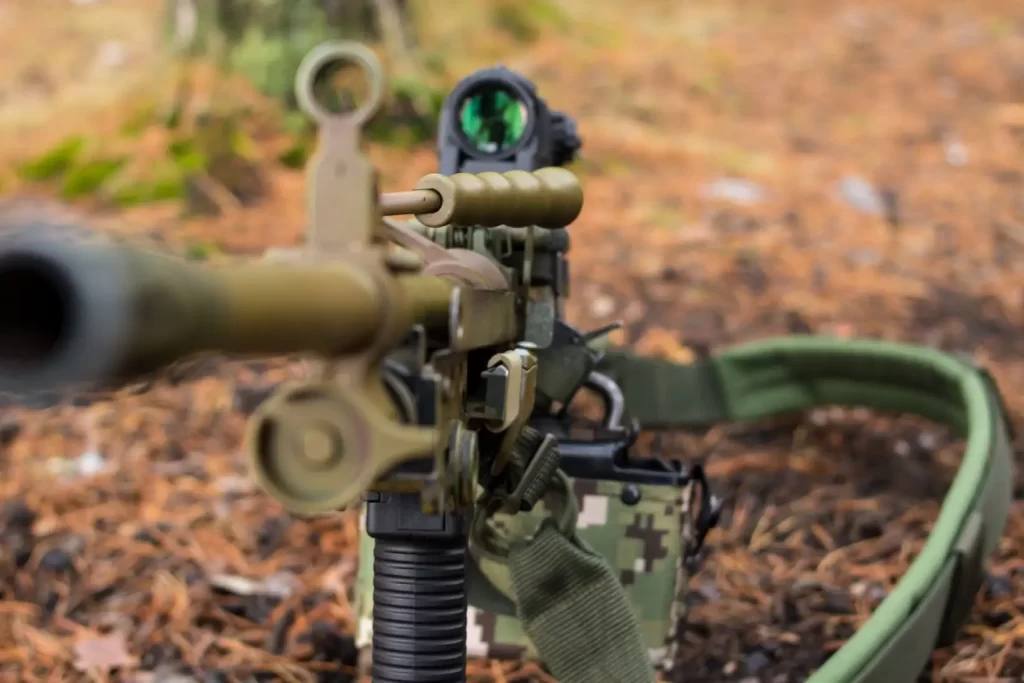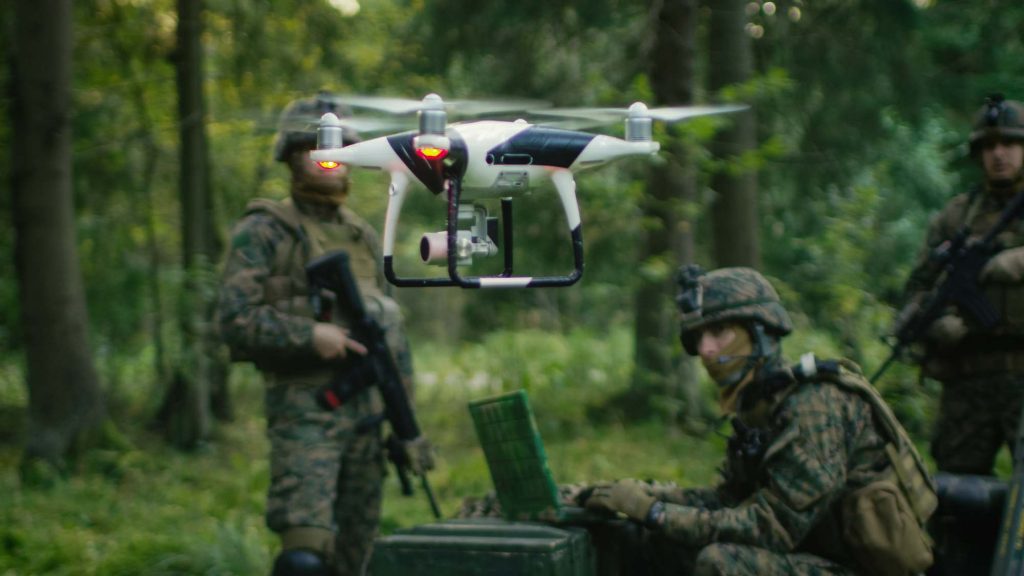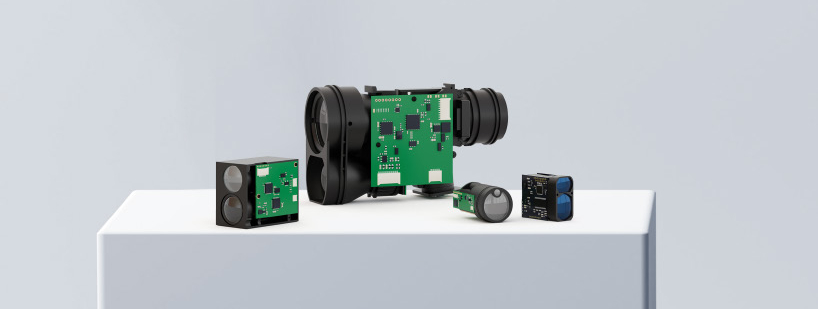When it comes to precision sighting, situational awareness, and tactical advantage, integrating a laser distance measuring device into your targeting system can be a game changer. From hunting scopes to military-grade smart sights, the demand for compact, accurate, and rugged laser sensors is rapidly increasing.
This guide breaks down the top features, integration tips, and customization options for targeting applications, with a spotlight on Meskernel’s TC Series laser ranging modules.
Why Laser Distance Measuring Device Matter for targeting
Whether you’re building a high-end scope, a smart rangefinder, or an OEM targeting accessory, accurate distance-to-target measurement is crucial. Laser distance sensors enable:
- Real-time range calculation for targeting adjustment
- Auto elevation compensation and windage estimation
- Enhanced target tracking in dynamic environments
- Integration into AR systems for fire control automation
 Laser Rangefinder for Hunting
Laser Rangefinder for Hunting



Top Features to Look For in Laser Distance Measuring Device
1. Compact Form Factor
For integration into scopes or rails, a small sensor footprint is essential.
2. High Accuracy and Range
In targeting, every millimeter counts. Devices with ±1 mm precision provide the accuracy marksmen demand.
3. Eye Safety Compliance
Choose Class 1 eye-safe lasers, especially for civilian or law enforcement use.
4. Low Latency Measurement
For real-time tracking or fire control systems, sub-50ms response times can make the difference between hit or miss.
5. Multiple Output Interfaces
Support for UART, I2C, RS-232/485, or SPI makes integration into smart optics or microcontrollers seamless.
Meskernel’s TC Series Laser Modules: Built for Hunting Applications
Meskernel’s TC Series laser distance measuring devices are purpose-built for embedded applications, including:
- Smart Telescope
- Portable rangefinders
- Drone-mounted targeting systems
Key Specs:
| Feature | Value |
|---|
| Accuracy | ±1 mm |
| Range | 0.2 – 1500 m |
| Wavelength | 905 nm (Class 1) |
| Interface Options | UART, RS-232, USB, 4–20 mA |
| Operating Temp | –20°C to 60°C |
| Customization | Lens, housing, algorithm, API |
💡 Explore Full Specifications »
Integration Guide
- Mounting – Select a vibration-resistant housing or embed the sensor into a sealed aluminum casing.
- Power Supply – Ensure stable 5V or 3.3V input; consider battery-powered optimization.
- Data Communication – Use UART or USB for PC-based targeting software or RS-485 for embedded systems.
- Calibration – Calibrate laser offset and angle for exact alignment with optical axis.
For detailed documentation and developer support, Meskernel provides an SDK & integration manual tailored for embedded optical systems.
Laser Distance Measuring Devices: OEM Customization Options
If you’re an optics manufacturer, optical accessory brand, or equipment developer, you can request custom:
- Housing design to match scope form factors
- Connector and cable configurations
- Environmental sealing (IP65+) for field use
👉 Contact Meskernel for OEM Customization »
2025 Buying Guide: Best Laser Distance Sensors for Integration
| Model | Application | Key Strength |
|---|
| Meskernel TC 1000m | Compact scopes | Lightweight, accurate |
| Meskernel TC 1500m | Outdoor Measuring | Wide range, fast reading |
| Meskernel LDL-T | DIY rangefinders | Cost-effective |
| Meskernel PTFG 3000m | High-end optics | Long range, fast data |
Laser distance measuring devices are no longer just for surveying or industrial use—they’re becoming essential components in modern optical systems. With compact, accurate, and OEM-customizable modules like Meskernel’s TC Series, you can bring cutting-edge rangefinding to your optics product line.